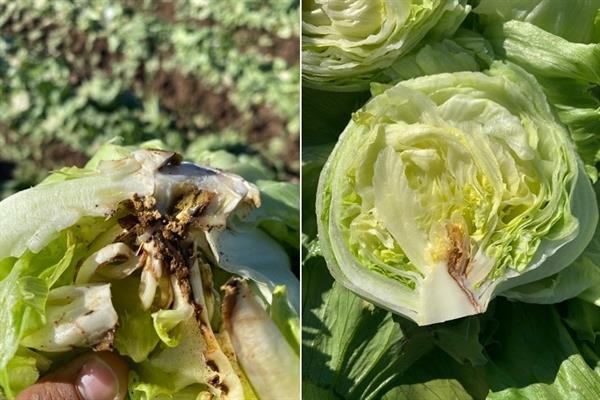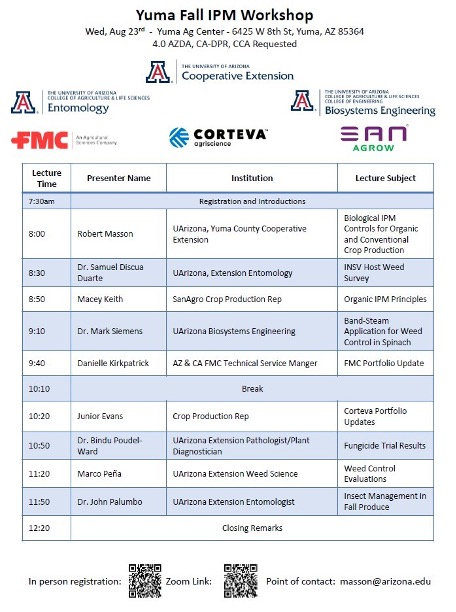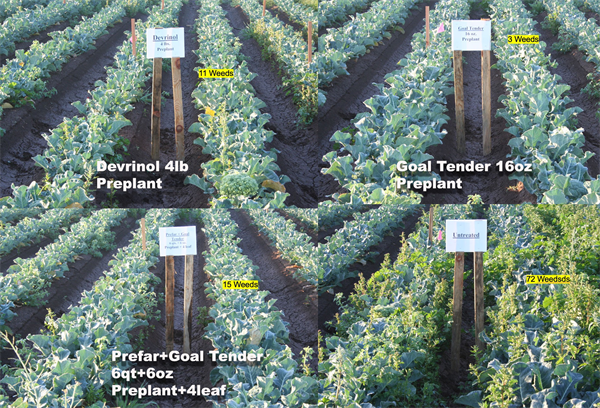Feb 9, 2022
Bacterial Soft Rot in Lettuce

This season we have already found few lettuce infected with bacterial soft rot. Though it rarely takes down the whole field, the symptom are not so pleasant. Bacterial soft rot in lettuce can occur in the field as well as post harvest.
It is caused by several types of bacteria, but primarily subspecies and pathovars of Erwinia caro-tovora and E. chrysanthemi. Other bacterial species that cause soft rot include Pseudomonas cichorii, P. marginalis, and P. viridiflava. They have a wide host range host range and includes genera from nearly all plant families
In lettuce fields, the symptoms are observed close to the harvest time. The tissue, mostly around inside the head of head lettuce softens and becomes mushy or watery. Slimy masses of bacteria and cellular debris frequently ooze out from cracks in the tissues. Decaying tissue, which may be opaque, white, cream-colored, gray, brown, or black frequently gives off a characteristically putrid odor. The odor is caused by secondary invading bacteria
that are growing in the decomposing tissues.
The bacteria overwinter in infected fleshy tissues in storage, in the field, garden or greenhouse, in the soil (especially in the rhizosphere around the roots of many plants), and on contaminated tools, equipment, containers, and in certain insects. The bacteria enter primarily through wounds made during planting, cultivating, harvesting, grading, and packing and through freezing injuries, insect and hail wounds, growth cracks, and sunscald. They may
also follow other disease-producing organisms. Uninjured tissues may become infected when the humidity approaches 100 percent or when free moisture is present. Rains, poorly drained or waterlogged soils, and warm temperatures favor infection in the field, as does high humidity in storage or transit.
The bacteria multiply rapidly by dividing in half every 20 to 60 minutes under ideal conditions at
temperatures between 65° and 95° (18° and 35°C). Minimum temperatures for development is between 35° and 46°F (2° and 6°C); and maximum between 95° and 105°F (35° and 41°C.
The bacteria are spread by direct contact, hands, tools and farm machinery, insects, running or splashing water, contaminated, water in washing vats, clothing, and decayed bits of tissue.
Management
Promptly and carefully destroy infected plants. Maintain well aerated field, avoid close planting and overhead irrigation.
To minimize post harvest losses, avoid mechanical injusry after harvest, packing and shipping. Do not pack produce when wet. Store and ship produce at temperatures near 4°C (39°F).
Source: IPM.Illinois.edu
To contact Bindu Poudel go to:
bpoudel@email.arizona.edu











